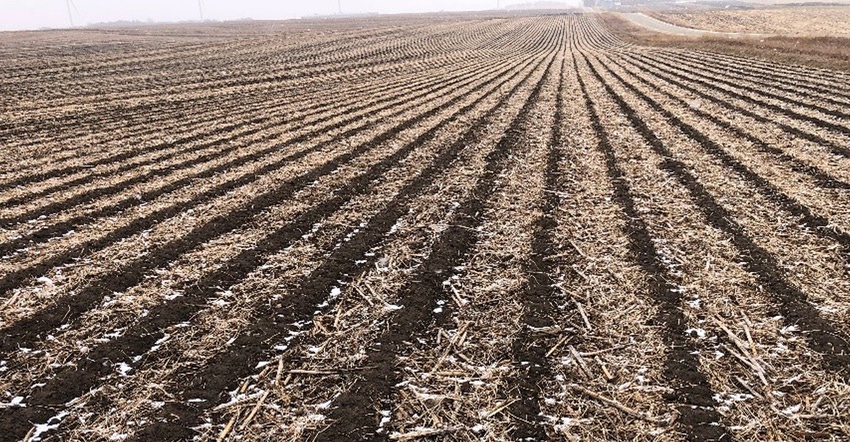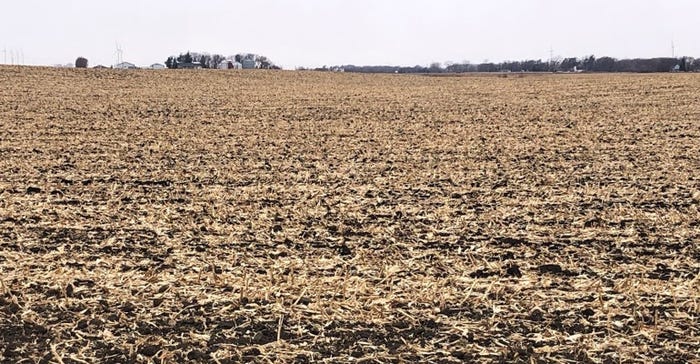November 28, 2022

As we move into the winter months, it is good to reflect upon the past year and think about options for the future. Fall tillage is a topic that is recent to the memory as fall fieldwork has concluded. and it is an important step in the 2023 crop.
Pros and cons for different types of tillage
Farmers currently use many different forms of tillage. Practices that are used are strip till, vertical till, chisel plowing and moldboard plowing. A brief review of the pros and cons of each type of tillage operation, as well as a review of no-till pros and cons will be shared.
Strip till is a form of tillage that prepares the seedbed for planting in a strip. The tillage can be done in the fall, and fertilizer can also be incorporated into this strip. Strip tillage fluffs up the soil and prepares the seedbed in the strip for planting. In the zone of tillage, residue is removed, which may allow for soils to warm more quickly in the spring. Cons of strip till are that the equipment is expensive, it has high horsepower requirements, it can be hard to operate in wet soils and tilling the soil in the strip opens the soil up to erosion potential.

Vertical tillage is a form of tillage that is designed to operate at higher speeds with the coulter types of vertical tillage equipment. Vertical tillage works the ground with knives or coulters that move in the direction of travel to cut residue. A vertical tillage con is that residue can move with wind and water.
Chisel plowing is performed in the fall. In the spring, a pass with a field cultivator is needed to level the surface ahead of planting. More than 30% of the residue from the previous crop remains on the soil surface to help reduce soil erosion. A con of this approach is that soil moisture can be lost with the tillage operation, and it has a higher need for labor and fuel.
Plowing inverts the soil, leaving the lowest amount of residue on the surface of the soil. A benefit of plowing is that the soil is warmed in the spring as residue is inverted. A con of plowing is the increased risk of erosion and compaction, along with high labor and soil moisture loss.
No-till is a form of direct seed planting. With this method, a planter places seed into the soil without having a tillage process ahead of the planter. Row cleaners can be set to move plant residue from the surface near the seed furrow when planting. No-till saves moisture, as tillage ahead of planting is eliminated. Erosion is reduced from wind and water factors because the soil structure is undisturbed. Another benefit of this practice is the lower fuel and labor costs, as tillage is not required ahead of planting. A con of no-till is that spring soils at planting may take longer to warm, but this is sometimes offset because fields may be accessible one to two days earlier after a moderate to heavy rainfall.
What’s the best type of tillage?
It is important to weigh the factors outlined above, as well as factors such as fuel and labor needs for each tillage operation when analyzing changes to your tillage practice. Other variables to consider include the size of the equipment, soil types, depth of tillage and amount of residue remaining on the surface.
All factors are important in determining the best tillage system for the farm. Do some research if you are planning on making changes to your operation. Talk with friends or neighbors who are performing a different tillage system or no-till operation on their farm to learn about their experiences, and consult with Extension personnel or industry agronomists to learn about their experience with different forms of tillage or no-till.
Sorenson is an Iowa State University Extension and Outreach field agronomist for northwest Iowa.
You May Also Like




